
Keeping legs and heels trimmed can be quick and easy on some types and less so on others, especially the hairy ones.
Looking at the heels and legs of the less hairy, these generally can be maintained on a monthly basis throughout the year and require minimal maintenance. A good trimmer with a built-in blade adjustment is the best option for getting a smooth, defined finish and will easily cope with this type of hair. A quick run down the back of the leg going with the hair will just trim off the fluffiness in the winter and take any excess hairs off in the summer to keep a good neat profile. Clipping heels is often easier going in an upwards direction from the bulbs of the heels following the curved profile under the pastern and blending into the fetlock area by using less pressure to finish.
Trimming around the coronet band can make all the difference too, removing a few straggly hairs will give a smooth defined line, and in the winter will give back a summer looking finish. This can be done using trimmers and clipping at a slight angle to then blend into the rest of leg hair above the line of the coronet. Attention to detail in getting a sharp look can really add to the quality of the animal if done carefully.
Moving on to the heavier breeds where leg hair is in abundance, clipping and trimming can almost become a weekly job. With traditional and natives, for showing correctness, breed societies relating to these types will stipulate that no clipping and trimming can be carried out to alter their natural appearance. However, some heavier breeds that are going to be shown as show cobs or maxi cobs, will be expected to be clipped out, including legs and manes.
For cobs and heavy horses, the clipping of legs can be a huge relief. The dense leg hair can encourage mites and other skin biting insects, which in turn lead to various skin infections. These are then very hard to treat and heal when there is a thick covering of hair. By keeping these areas clipped back to the skin, this then allows the skin to be treated, with most skin conditions being relieved effectively.
However, before this happens, often the horse has already had an “itchy leg” problem, and then associates anything to do with treating the leg as unpleasant. Once clippers or trimmers come into the equation, it can then be quite difficult to clip them until they eventually associate clippers as not being a painful experience once the skin conditions are under control.
Trimmers, we always explain, are for trimming and clippers for clipping, but thick heavy feathers will come under the clipping category and as such, when a quiet trimmer is needed to get near to the leg, this can then be a bit tricky. There is one trimmer, the Liveryman Classic, that has a blade adjustment, and can just about cope with this type of work providing it is set on the 2mm setting. It will gradually take off the excess hair, although it will be a slow process but is sometimes the only way to get started if legs are particularly sore or the horse sensitive.
If you are clipping legs out in full, you can clip the hair either way depending on whether you are blending into an existing clip or summer coat so that no lines show. For this finish it’s best to clip with the coat moving downwards, this will take less hair through the blade and give a more natural finish. Once you get to the heels, then you will need to either pick up the foot and then clip into the heels, or clip into the heels with the hoof on the ground. You may find it easier to clip upwards in this area to get close to the backs of the heels and give a neat, sharp finish. If the legs are sore, it’s best to get as much off with the large clippers as possible before moving on to finish off the rest of the legs with the trimmers.
Practice in clipping legs will eventually give you the smooth finish that is achievable. The clipped leg should look like a leg with a summer coat, showing no lines or unevenness. This is not easy to get when a horse is uneasy or leg snatching, and trimmers are often the best option to turn to at this stage. If you start at the coronet band and clip in an upwards direction, you will get a closer finish and this is best when clipping cobs, particularly ones that need medication on legs. If a slightly coarser finish is acceptable, then choose the coarse grade of blades for the clippers. Using coarse blades will get through very thick, challenging conditions, but the finish won’t be as smooth as with medium or fine blades. The finer grades can then be used on a second clip or to maintain the legs, once the worst of the hair has been removed.
Always make sure blades are freshly sharpened, and don’t be surprised if you blunt a set on a pair of legs! This is the hardest clipping job to do along with hogging manes, and blades will blunt quickly on coarse, wiry and dirty manes and feathers.
Top Tips:
-
Prior to clipping legs, ensure they are washed and dry.
-
Spray a coat sheen or light oil preparation into the hair prior to clipping, this will help the blades run through the hair more easily.
-
After clipping, wash off with a soothing lotion such as a lavender wash which will soothe and cool the skin as well as leaving clean and refreshed.
Products to help:
Light Duty Clippers – take a snap on blade and have many grades of blades available for difficult conditions and are quiet.
Trimmers – Look for ones with the blade adjustment so that they can be used on the longest setting (2-3mm is preferable)
Smart Grooming Lavender Splosh Wash for after wash and soothe.
Smart Grooming Coat Sheen to spray on before clipping.
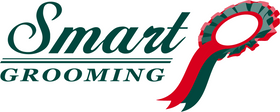

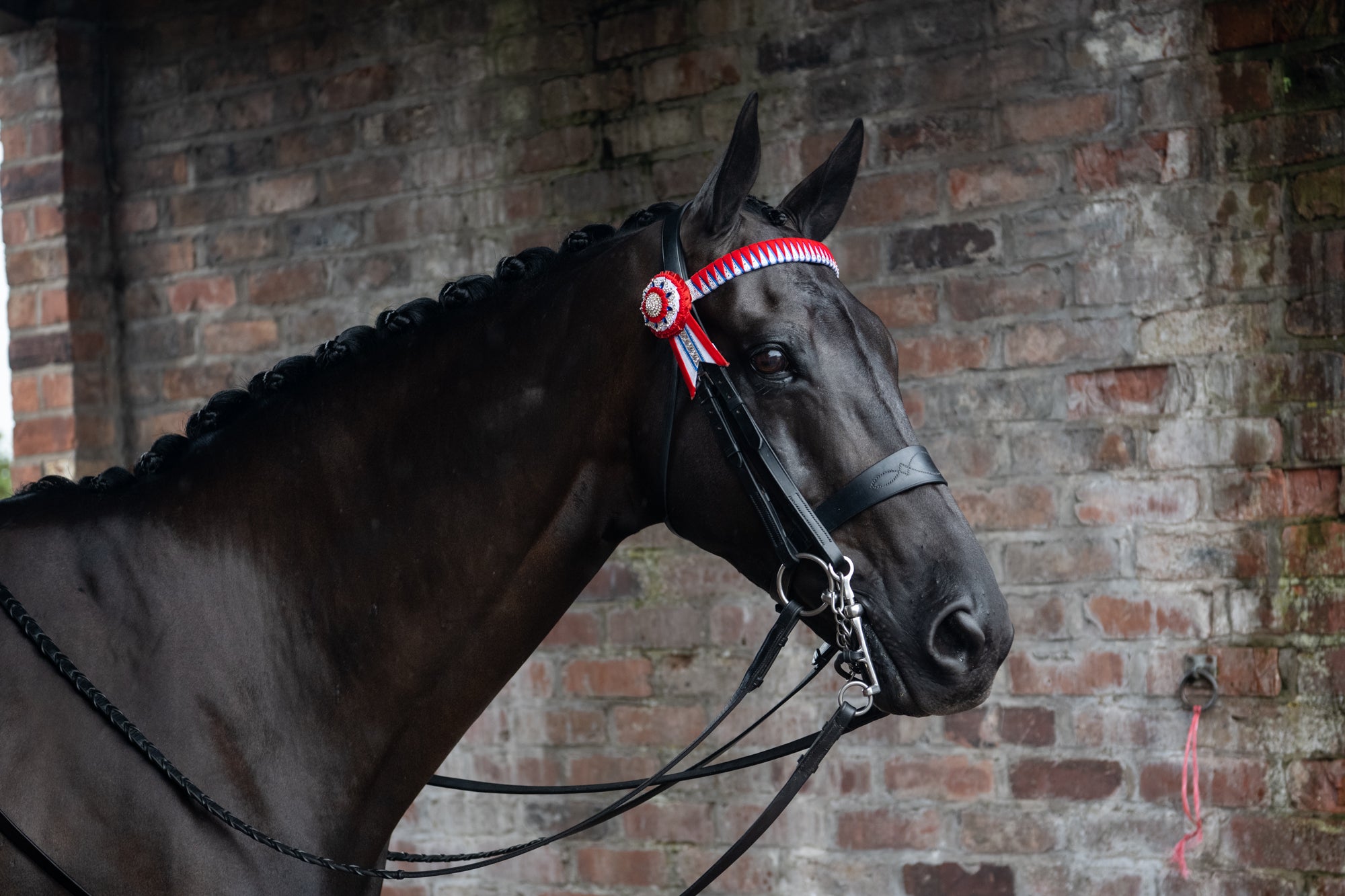
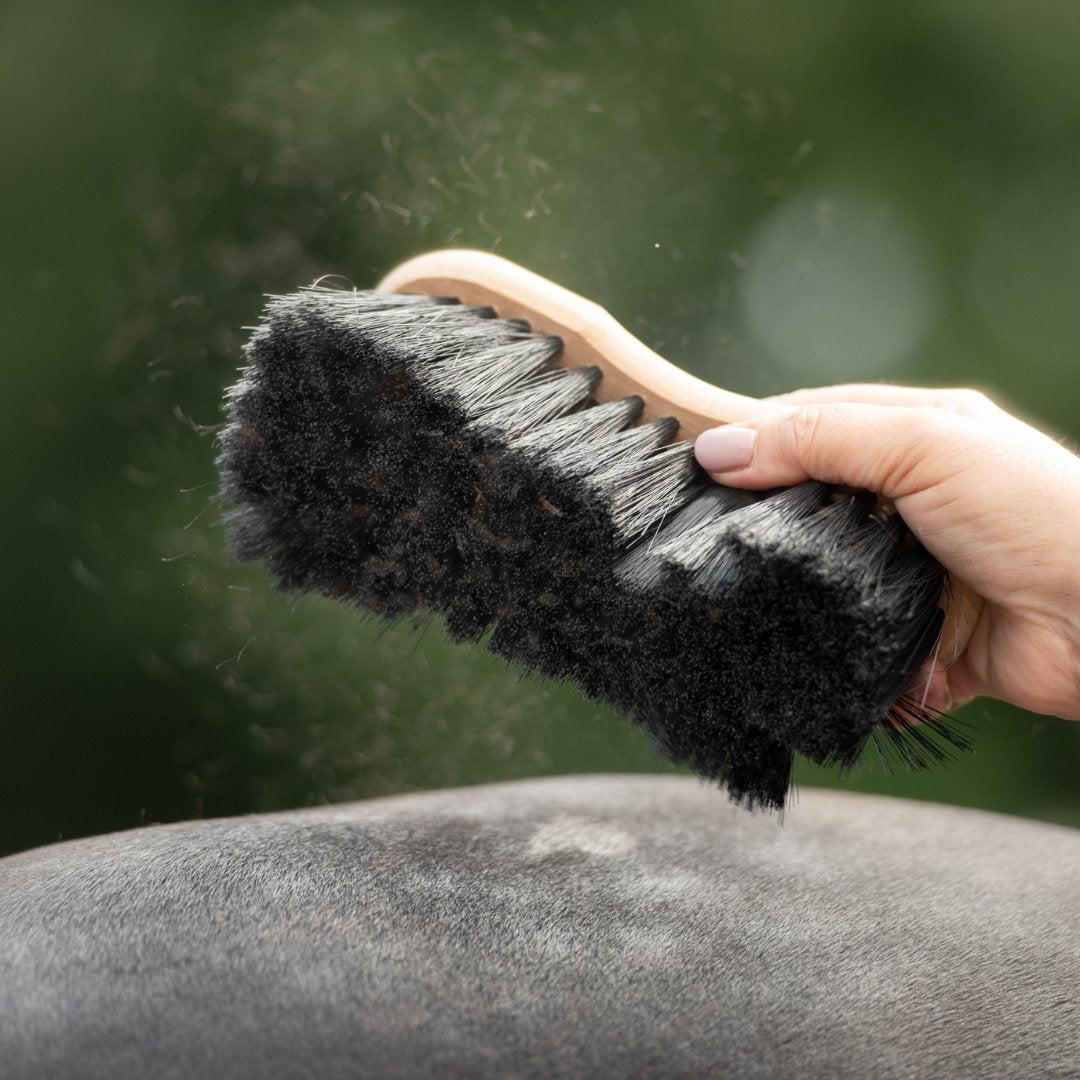
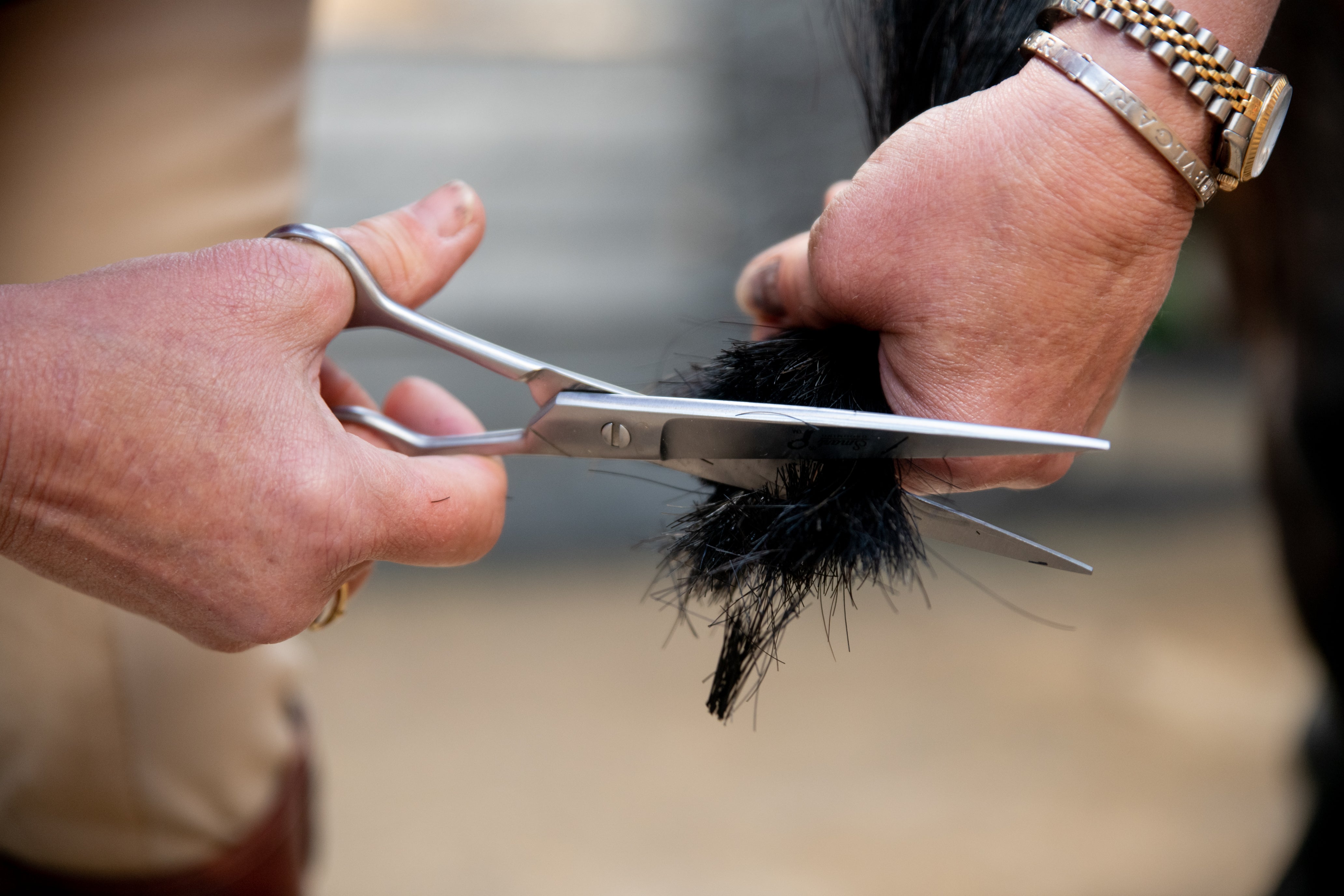

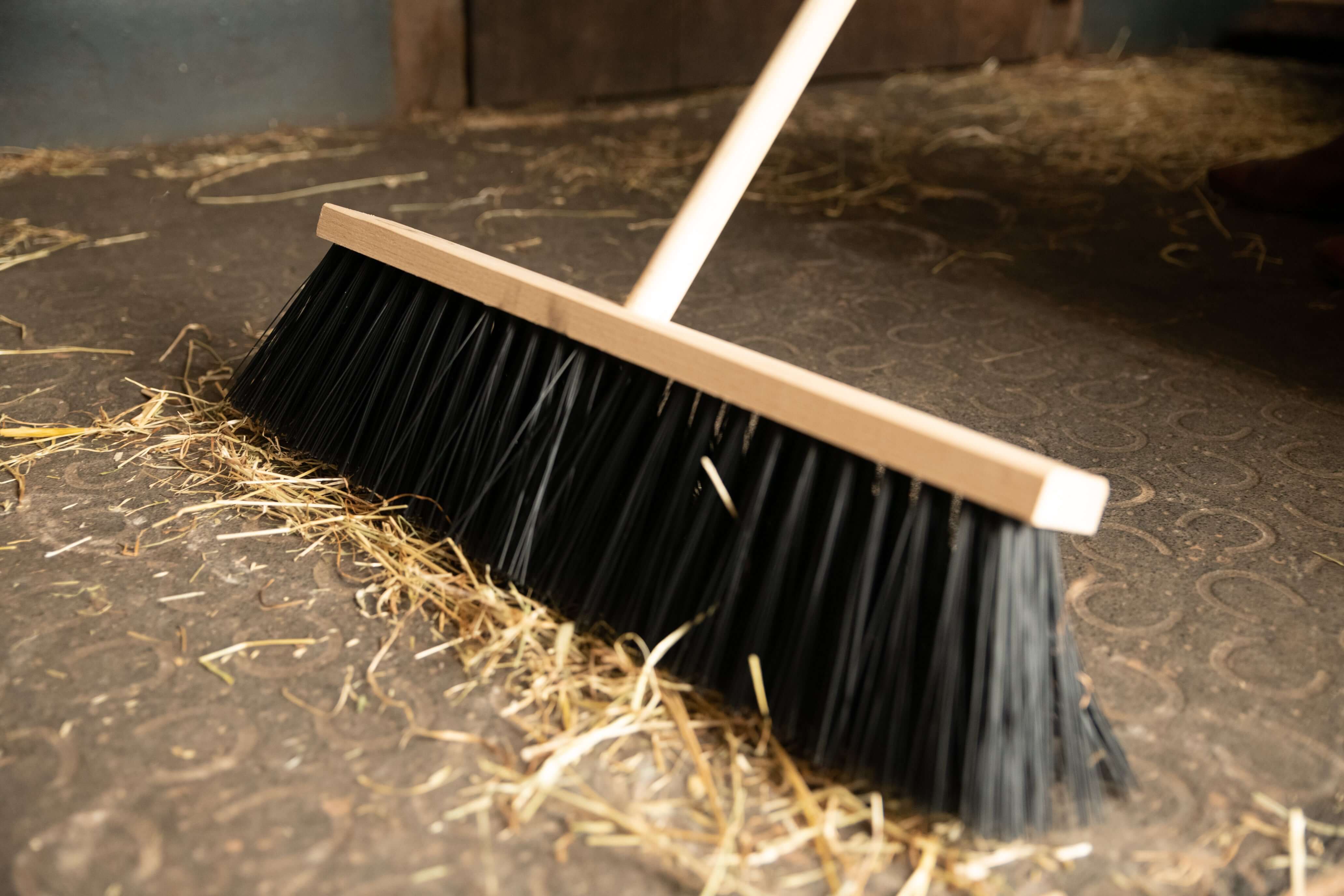
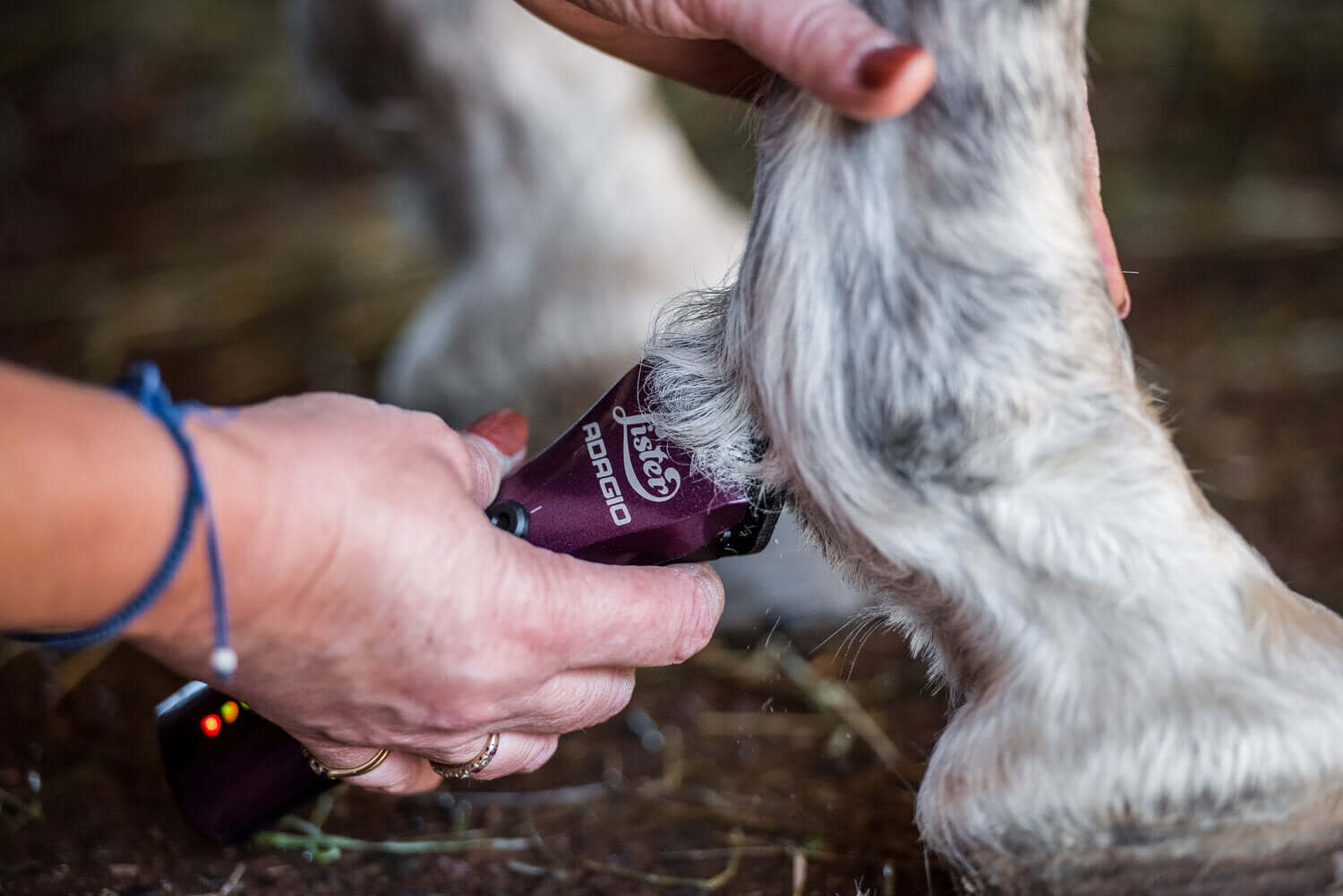
Leave a comment